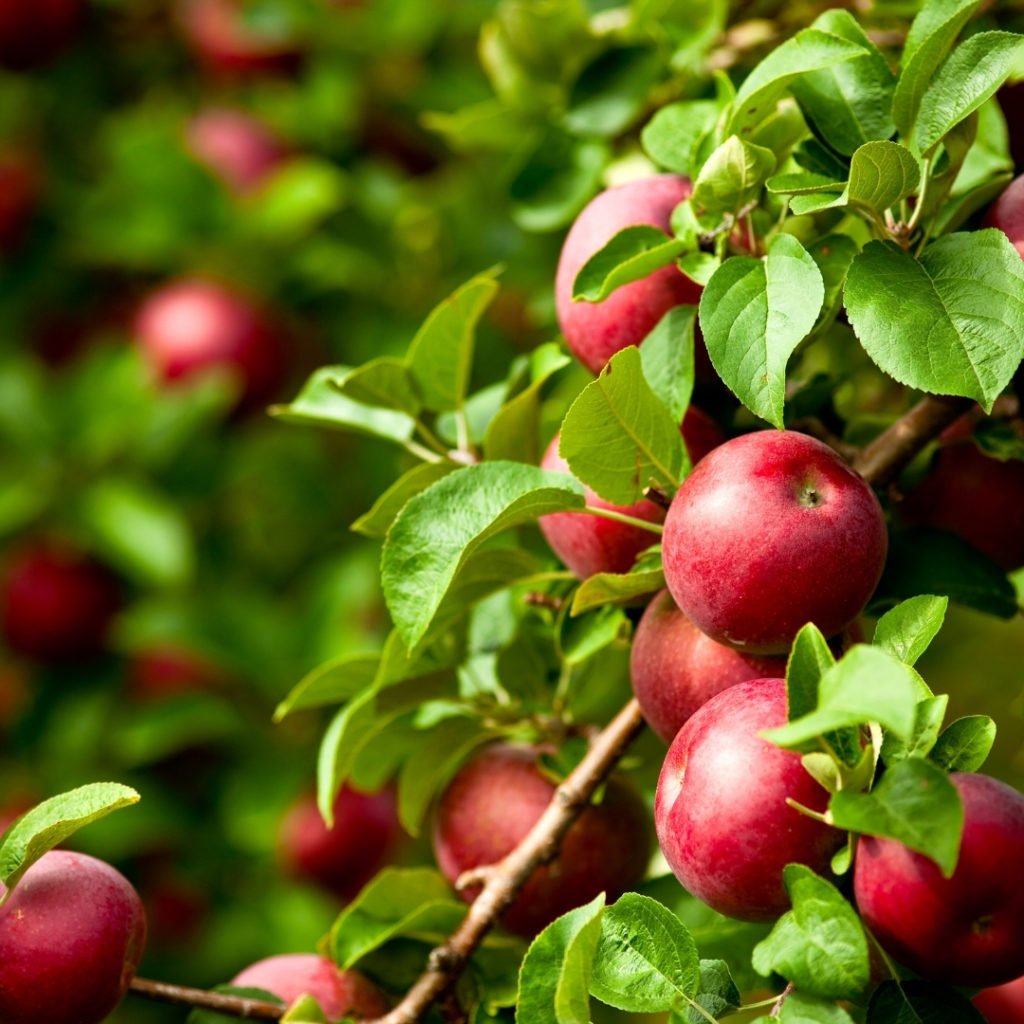Last Updated on February 15, 2024 by the Dobies Horticultural Team
Selecting new fruit trees can be tricky as there are so many varieties, shapes and sizes. Many varieties are long-lived so it is important to make the right choice. Your reward will be a beautiful blossom in spring followed by your favourite fruit crop later in the year. And for many years to come.
So, if you are thinking of selecting one or more new fruit trees for your garden here’s a few points to consider:
Variety
The range of available fruit trees is enormous. Apple trees and plum trees are the most popular but other easy to grow trees include peach, cherry, fig, citrus and pear trees. Once you’ve decided on the type of fruit to grow, think about the actual variety and taste. So you want an apple tree but do want a cooker or an eater? Do you prefer a crisp crunchy apple or a softer, sweeter type? Will you use the apples quickly or do you want ones that store well? Once you’ve answered these questions you will be ready to select your new fruit trees.
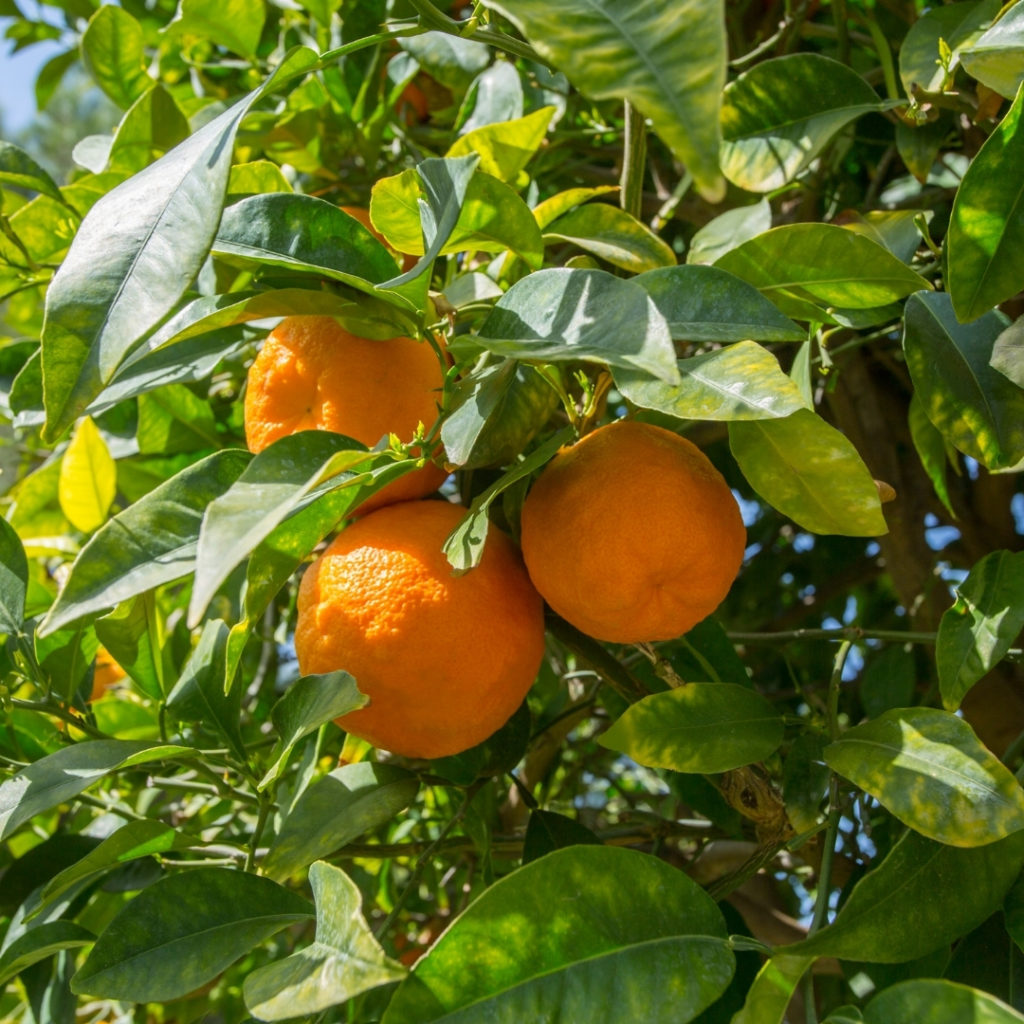
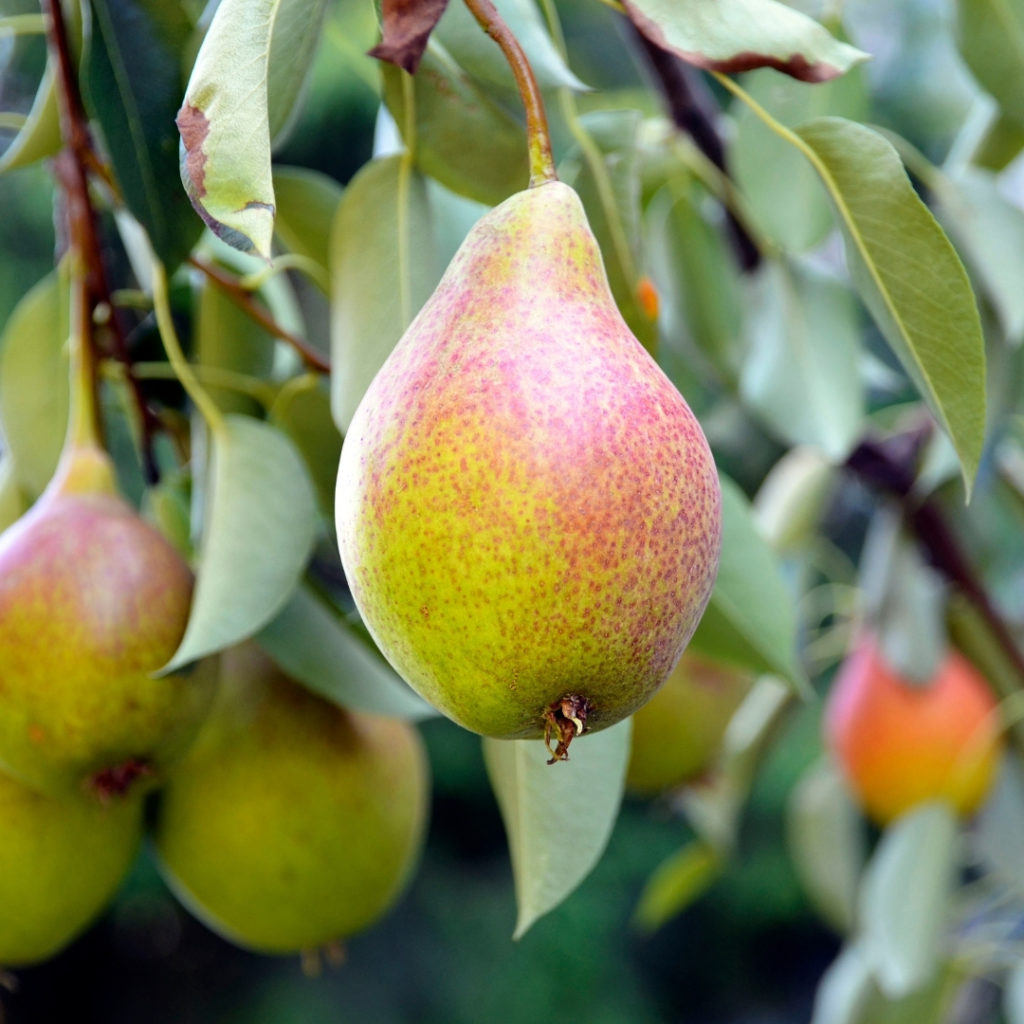
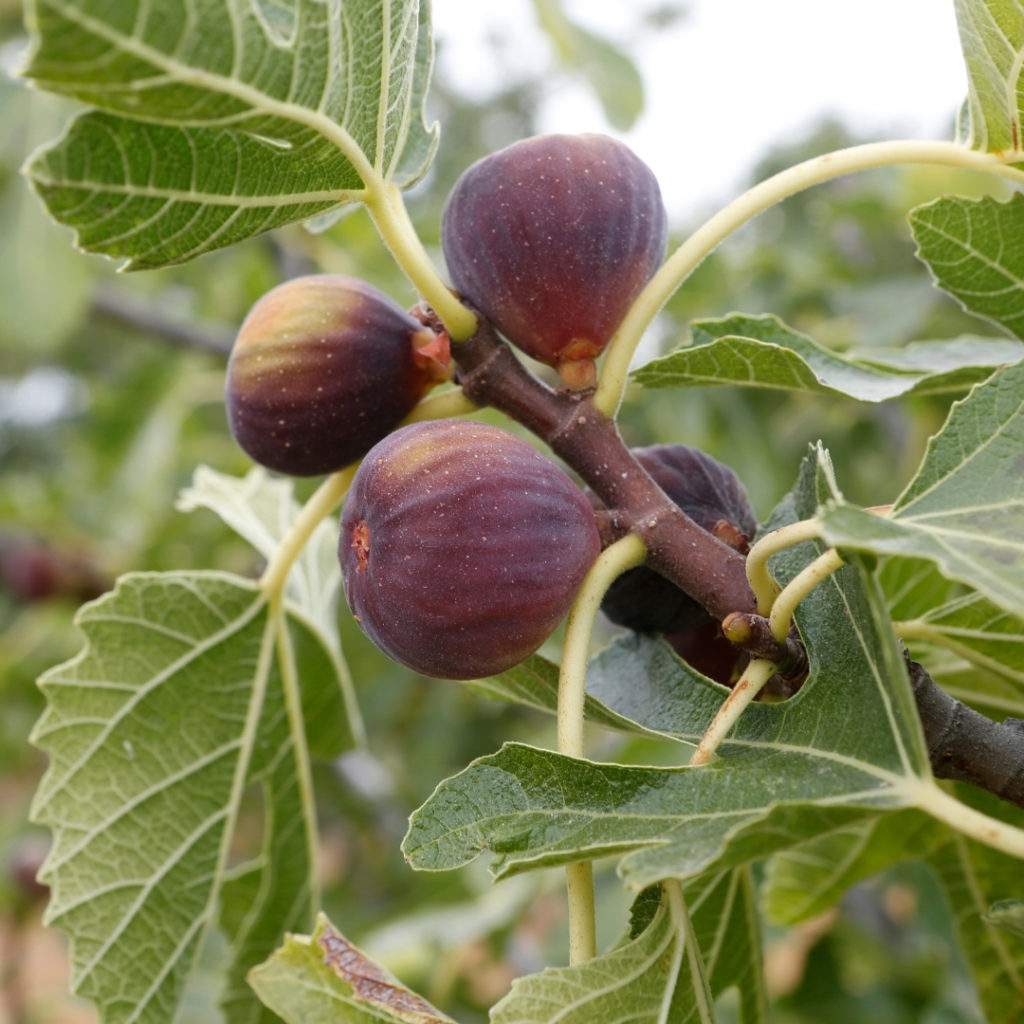
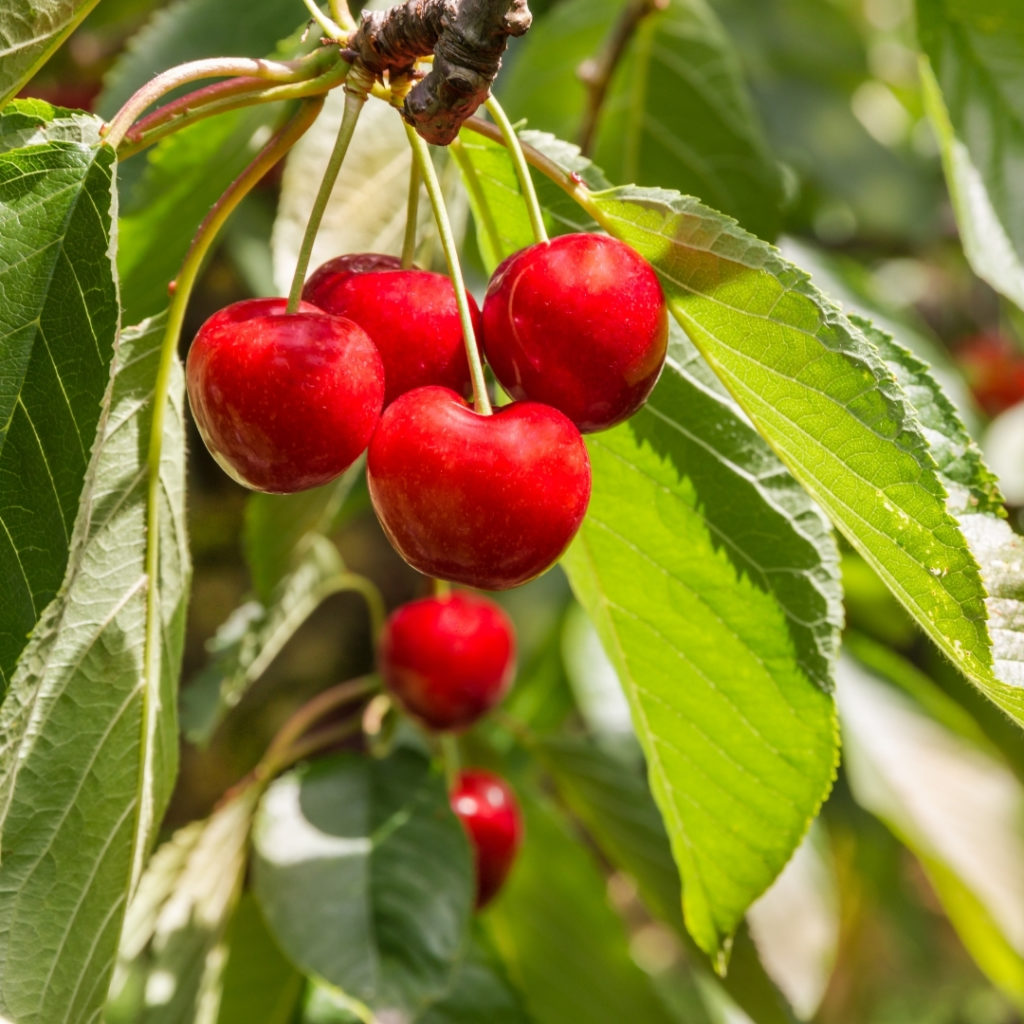
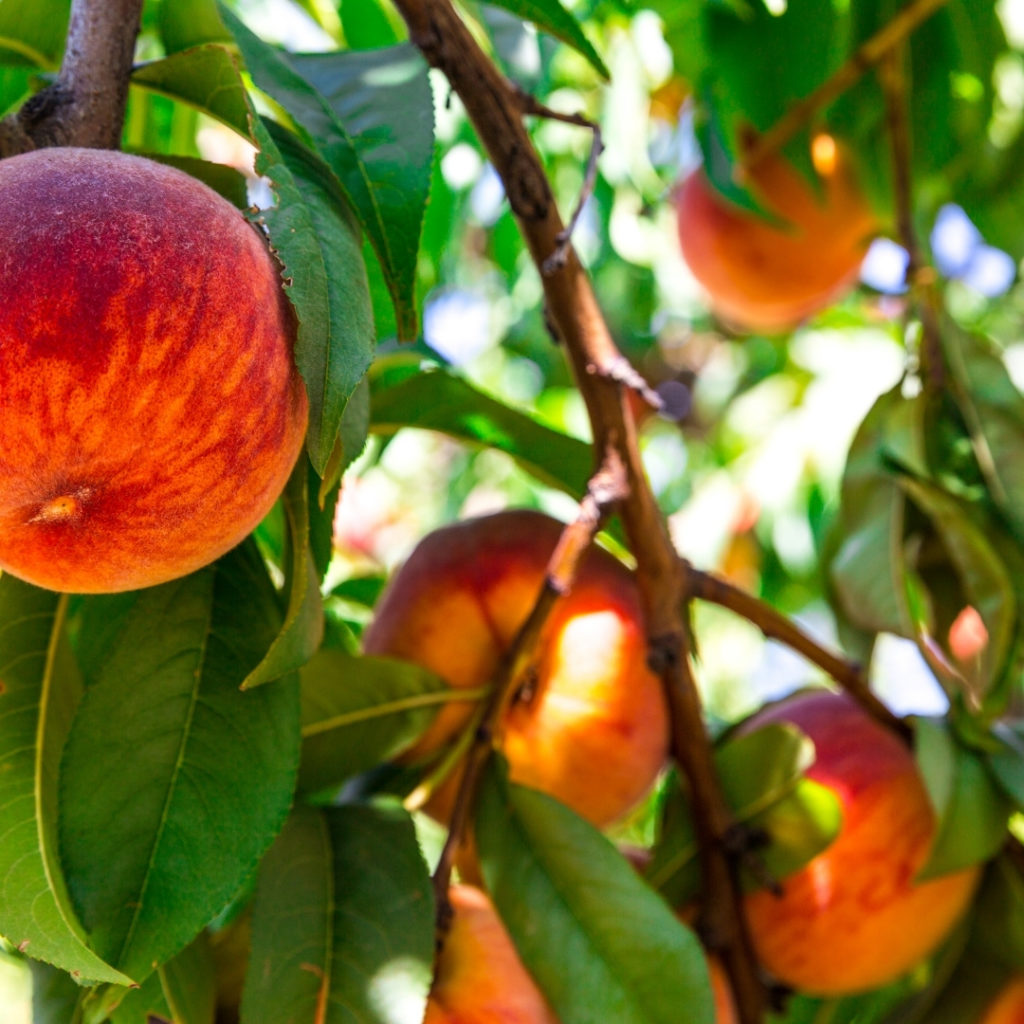
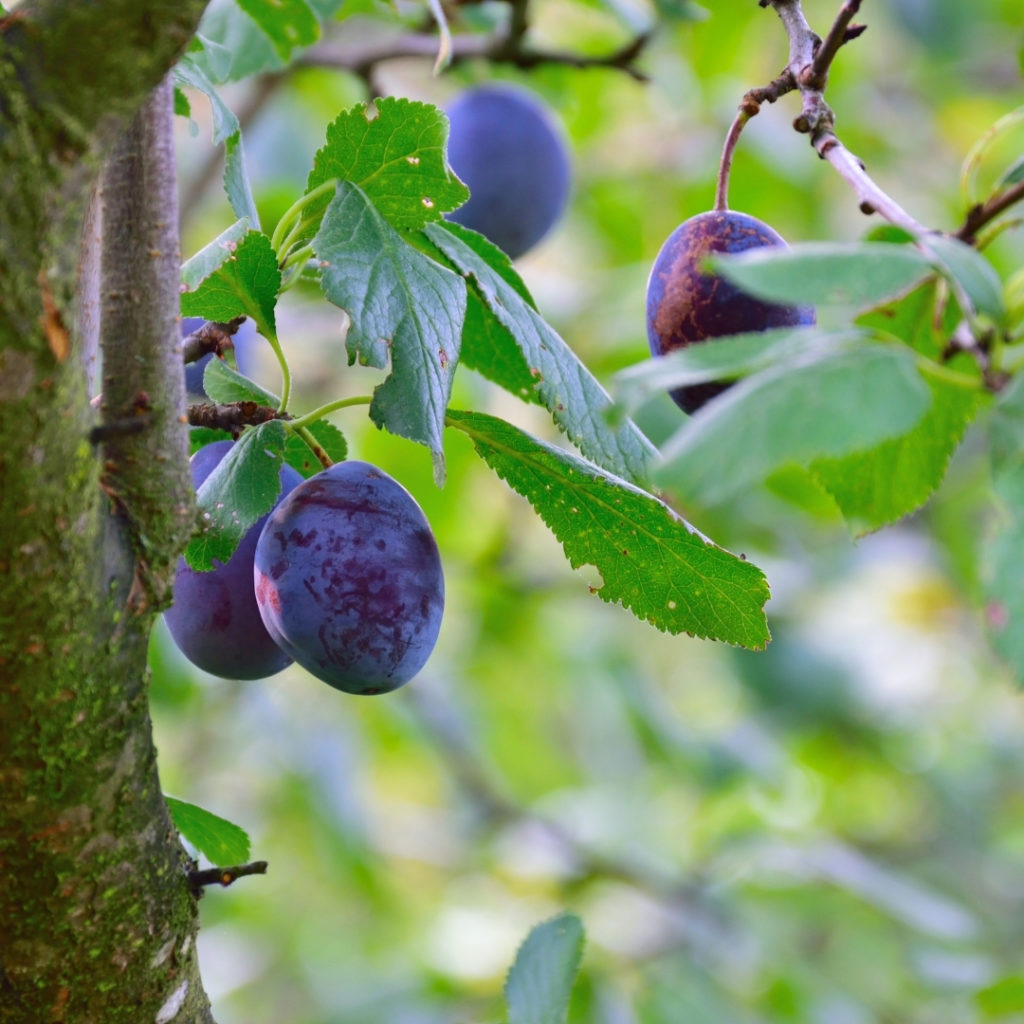
Size at Maturity
Most fruit trees are sold at 2 to 3 years of age and will still have some growing to do. The rootstock chosen for grafted trees determines the vigour and eventual size so is an important check to make. Some new fruit trees trees will be happy and productive growing in large pots. Others will need a large open space in which to grow and to spread.
Fertility
Unless you are adding to an already established mixed orchard you will need to establish whether or not the tree is self-fertile. Many fruit trees are self-fertile and will produce fruit whether or not there are other trees of the same type in the locality. Other fruit trees will need cross-pollination from a tree in the same pollination group.
Best time to Buy
Potted trees are available all year round but bare root trees are probably the best. Dobies bare root fruit trees are lifted once they become fully dormant – in late autumn – as this causes the minimum of damage. We then keep them in specially designed cold stores for a number of weeks. In nature young fruit trees benefit from exposure to traditional winter weather where the low temperatures prime the tree to produce abundant blossom in its first couple of years. The advent of milder wetter winters means that a tree left outside does not receive these ‘chill hours’, so that cold storage before planting ensures the best possible start.
Where to plant?
Fruit trees will grow well on most soil types provided the ground is not waterlogged. Plenty of sunlight is essential however and areas of deep shade should be avoided. Areas that have previously grown fruit should not be used as this removes the risk of ‘re-plant disease’.
Many smaller trees will grow happily in a pot. Citrus trees moved outside for the summer will give a Mediterranean feel to any patio. Choose a 30 litre container or larger, avoiding plastic as this is light and more likely to be blown over.
We hope reading this has helped in your selection of new fruit trees. There’s joy to be had in eating fruit straight from your own tree.


